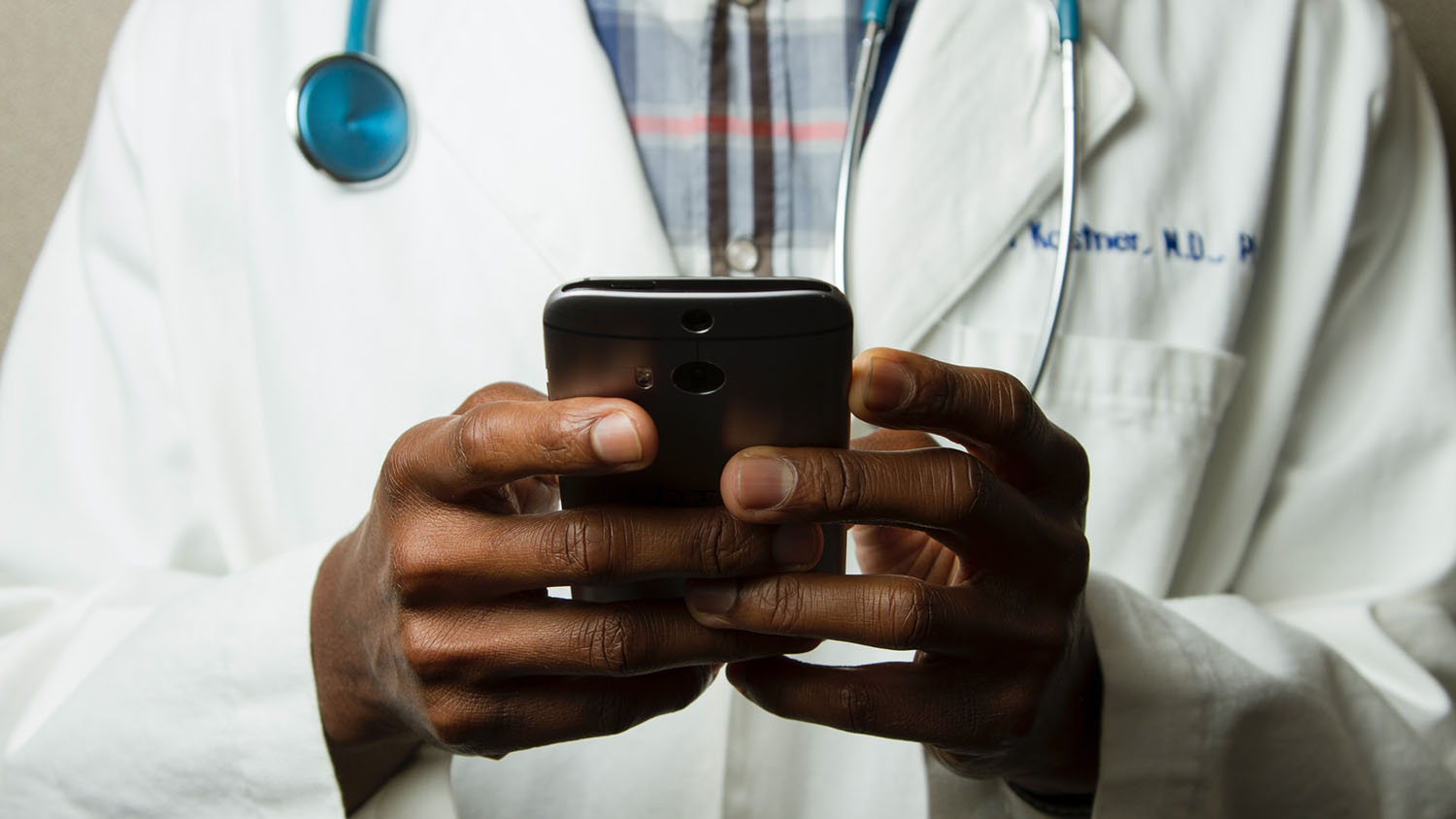Every year tens of thousands of people die of opioid overdoses in the United States – and those numbers keep going up, even though we have proven treatment options available. The Centers for Disease Control & Prevention (CDC) is rolling out guidelines that it hopes will make a difference.
Specifically, the CDC is unveiling a “technical package” titled “Linking People with Opioid Use Disorder to Medication Treatment: A Technical Package of Policy, Programs, and Practices.” It’s an ambitious project, and provides a wealth of resources aimed at addressing opioid use disorder in the U.S.
To learn more, we talked with Jennifer Carroll, who is first author on the CDC technical package. Carroll is an assistant professor of medical anthropology at North Carolina State University and an adjunct assistant professor of medicine at Brown University.
The Abstract: First off, what is a technical package?
Jennifer Carroll: A technical package presents a collection of evidence-based strategies for responding to a particular public health concern. Many health organizations, including the World Health Organization, have created technical packages for improving cardiovascular health care or reducing the harms of alcohol through policy. Recently, the CDC has published several technical packages on harm reduction and violence prevention.
TA: Who uses technical packages and why? Who would use yours in particular?
Carroll: Technical packages can be written for all sorts of audiences. This new technical package from the CDC targets medical professionals as well as policy makers and local leaders who are looking for successful strategies for improving access to effective treatment for opioid use disorder in their communities.
TA: What does this technical package focus on? Does it replace a previous version, or is it the first to address these issues?
Carroll: Opioid use disorder is a behavioral issue characterized by persistent non-medical use of opioids despite negative consequences of that use. It affects about one in four people who use opioids. Effective treatment for opioid use disorder is an intervention that allows people to stabilize their opioid use, stabilize their daily lives, and begin working toward their own goals for health and recovery.
Specifically, when we say “effective treatments for opioid use disorder,” we mean treatment with an opioid agonist medication: methadone or buprenorphine (also called Subutex® or Suboxone®). No treatment for opioid use disorder has been proven as effective as these medications, and evidence is overwhelming that they are the only treatments that help patients control their opioid use and greatly reduce the risk of opioid overdose among patients receiving them.
Access to this life-saving treatment, however, has been generally poor in the United States. Many people do not regularly interface with health care systems. Many who do are not properly screened or diagnosed, and many key opportunities for linking people with treatment are missed.
This technical package is the first to directly address strategies to increase patient access to medications for opioid use disorder through referrals from other health care and public health services. It defines each step in the process of initiating care for opioid use disorder (beginning at the initial screening and ending with recovery), and highlights seven scientifically proven opportunities for effective linkage to treatment: primary care settings; emergency departments; inpatient hospitalization; syringe service programs; prenatal and postpartum care; outpatient mental and/or behavioral health services; and during incarceration or community supervision.
Along with descriptions of where key opportunities for connecting people to treatment exist, this technical package summarizes the latest research on implementing linkage to care in the seven settings I mentioned, and highlights strategies for improving treatment access across populations. Special attention is given to the strengths and needs of tribal communities, adolescents, people who were recently incarcerated, trans and non-binary persons, sex workers, and anyone with past trauma.
TA: Why has the CDC called for the creation of a technical package on this issue now?
Carroll: The CDC previously published a technical package on the implementation of syringe services programs – a scientifically proven opioid overdose prevention strategy – as well as recommended community-level strategies for preventing opioid overdoses, including the treatment of opioid use disorder with opioid agonist medications. This new technical package focuses on strategies for connecting people with that treatment – strategies that can help create an effective doorway to treatment in every health care interaction.
The guidance in this new technical package is particularly timely, as the Global Opioid Settlement is being finalized and communities will soon receive an influx of funds earmarked for substance use and overdose response.
Like today’s Global Opioid Settlement, the Master Settlement Agreement with tobacco companies in 1998 injected billions of dollars into local communities for tobacco treatment and prevention programs. Unfortunately, most of the funds secured through the tobacco settlement were mismanaged by the states that received them, with precious few dollars dedicated to public health strategies that actually work to prevent the harms of tobacco use.
The use of medications to treat opioid use disorder is an astoundingly effective public health strategy supported by decades of clinical and community-level research. Global settlement monies should be directed toward this and other evidence-based strategies. Getting people who need these medications connected with care poses a different challenge altogether. The guidance provided in this technical package will help local leaders and health care professionals succeed in doing just that.
TA: How, and when, will you know whether this technical package has made a meaningful difference for the better?
Carroll: Medications for opioid use disorder are life-saving. Yet fewer than one-third of people who initiate treatment for opioid use disorder are given access to medications. In light of the more than 100,000 overdose deaths across the United States last year, 75% of which were opioid-involved, that proportion is unacceptably low. We see the very real, very personal, life-and-death results of poor access to treatment in our communities every day. We have the tools to prevent overdose. We just have to use them. This technical package offers seven opportunities to effectively connect people with that treatment.



